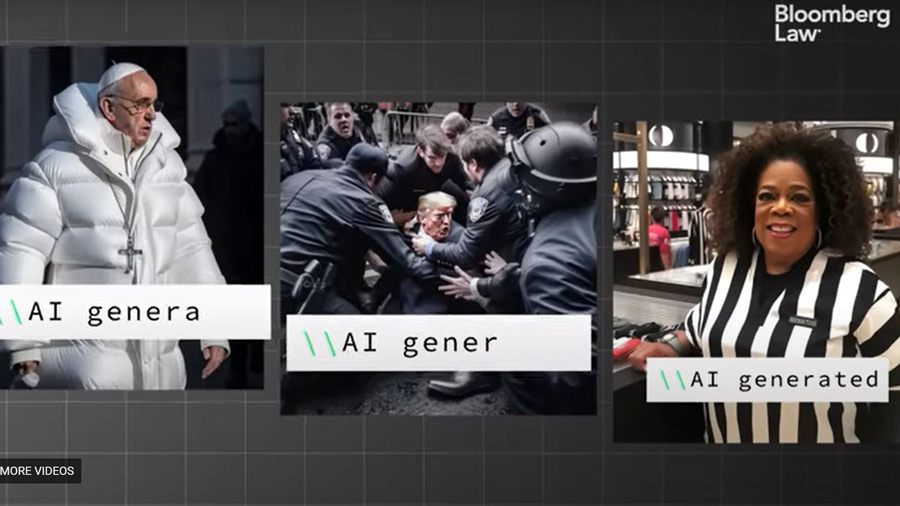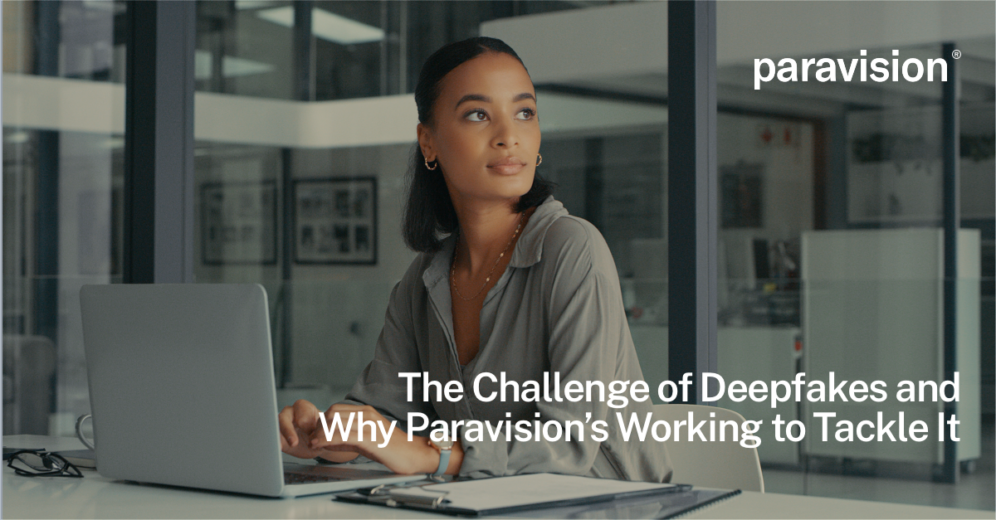Understanding OpenAI's Approach to Fighting Deepfakes
OpenAI recently made a significant move to address the growing concern over deepfakes and synthetic media. The company has joined the Coalition for Content Provenance and Authenticity (C2PA), a powerful standards body focused on ensuring the authenticity of online content. This step underscores the importance of combating misinformation in the age of artificial intelligence.
The Challenge of Deepfakes in the Digital Age
As the US presidential campaign approaches, the role of social networks in shaping public opinion is under scrutiny. The spread of deepfakes, AI-generated content that mimics real footage, poses a significant threat to the integrity of information online. Platforms like Meta, Google, and TikTok face the challenge of distinguishing between authentic and manipulated media.

AI-generated images and videos, such as the infamous "Shrimp Jesus" and deepfake videos of political figures like President Biden and Donald Trump, have already raised concerns about the potential for misinformation. With elections around the world on the horizon, the need to combat deepfakes has never been more pressing.
The Role of Metadata in Detecting Deepfakes
To address the issue of deepfakes, OpenAI and other tech companies are exploring innovative solutions. One approach involves adding tamper-proof metadata to media files, providing valuable information about the origins of digital content. By adding metadata to images and videos, platforms can track the creation and editing history of media, helping to verify its authenticity.

OpenAI has committed to incorporating metadata into images generated by its AI tools, such as DALL-E 3 and Sora. This metadata-driven approach aims to differentiate between real and AI-generated content, offering greater transparency to users.
Challenges and Opportunities in Fighting Deepfakes
While metadata offers a promising solution, there are challenges to overcome in the fight against deepfakes. Ensuring that all media uploaded to social platforms includes content credentials remains a hurdle, as does the potential for users to circumvent metadata by taking screenshots.
In addition to metadata, OpenAI is exploring other strategies for combating deepfakes, such as developing deepfake detection tools and implementing digital watermarks on audio content. These efforts, combined with initiatives to promote digital literacy and public awareness, represent a multifaceted approach to tackling the issue.
Towards a Safer Online Environment
As tech companies work to enhance their capabilities in detecting and preventing deepfakes, the importance of digital literacy becomes increasingly apparent. By investing in education and awareness programs, organizations like OpenAI and Microsoft aim to empower users to identify and verify online content effectively.

Ultimately, the fight against deepfakes requires a collaborative effort from all stakeholders, including tech companies, regulators, and users. By leveraging technology, transparency, and education, we can strive towards a safer and more trustworthy online environment.




















